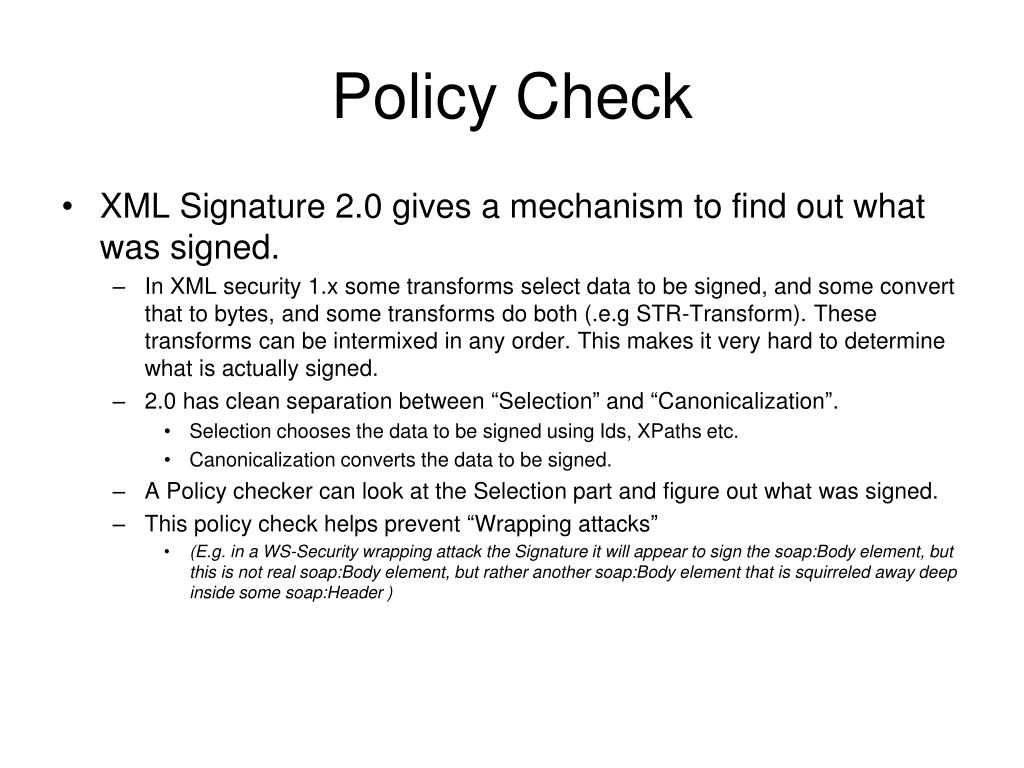
RunCloud/Packages/php74rc/bin/php -i | grep imagemagick PHP 7.3 Imagick PHP Module
#Imagemagick policy xml install#
If your website uses PHP 7.4, please log in to your server as the root user to install ImageMagick by running this command, similar to ImageMagick installation for PHP 8.1 above. RunCloud/Packages/php80rc/bin/php -i | grep imagemagick PHP 7.4 Imagick PHP Module If your website uses PHP 8.0, please log in to your server as the root user to install ImageMagick by running this command, similar to ImageMagick installation for PHP 8.1 above. If ImageMagick has been installed correctly, it will be not empty, for example.Īfter installing ImageMagick correctly, you can see the warning disappear in ImageMagick Engine WordPress Plugin.

If you want to check / verify that ImageMagick is installed and activated, you can run this command: /RunCloud/Packages/php81rc/bin/php -i | grep imagemagick apt-get install php81rc-pecl-imagickĪfter you have installed ImageMagick successfully, you will need to reload the PHP-FPM in your server by running this command. ssh you have logged in to your server, please run this command to install ImageMagick PHP extension for PHP 8.1 on this server. Please login to your server as a root user using Terminal (Mac OSX / Linux) or Powershell / Putty (Windows). Let’s start with the PHP 8.1 Imagick PHP module. But once you have installed it, it will be available for all web applications which use the same PHP version on your server. When ImageMagick is not installed on our server, we will see “ImageMagick PHP module not found” warning on this plugin setting page.īefore installing ImageMagick, ensure the proper PHP version for your web application.ĭepending on the PHP version installed, you will need a different ImageMagick installation. Installing ImageMagick PHP Extension (Imagick)įor example, when using WordPress, we might want to use the ImageMagick Engine WordPress Plugin to improve the quality of image for processing resizing and cropping in WordPress using ImageMagick. GD is widely available and usually enabled by default, but you have install and enable ImageMagick.ImageMagick usually produces better quality images, although sometimes better quality image will also increase the image file size.ImageMagick supports over 200 image formats.The key differences between ImageMagick and GD library are:

#Imagemagick policy xml software#
ImageMagick is a free and open-source software that was created in 1987 by John Cristy to create, edit, compose, or convert bitmap images.
#Imagemagick policy xml how to#
In this post, we will discuss about how to install ImageMagick PHP Extension (Imagick) for your PHP web application. RunCloud does support the ImageMagick PHP extension, but it is not enabled by default. But I also learned two things:ġ) The IM team is really active and is trying to address any issue raised quickly (thats important later)Ģ) ImageMagick is an awesome tool to convert files.When building your website, some PHP web applications including WordPress and Laravel may require the additional ImageMagick PHP extension for advanced image processing. Given the past research I had a quick look at the supported external programs (libreoffice/openoffice I already spent quite some time on), and I decided to get a proper understanding how IM (ImageMagick) calls external programs and the way they fixed the shell injections in the ImageTragick report.Īs you are reading this blogpost, it paid off and I found a vulnerability.

In late 2016 and in 2018 Tavis Ormandy ( showed how the support of external programs ( ghostscript) in ImageMagick could lead to remote execution. The associated reseachers showed that ImageMagick is not only powerful, eg you can read local files, but that it is possible to execute shell commands via a maliciously crafted image.

It can read and write images in a variety of formats (over 200) including PNG, JPEG, GIF, HEIC, TIFF, DPX, EXR, WebP, Postscript, PDF, and SVG " 1 "Use ImageMagick® to create, edit, compose, or convert bitmap images.


 0 kommentar(er)
0 kommentar(er)
